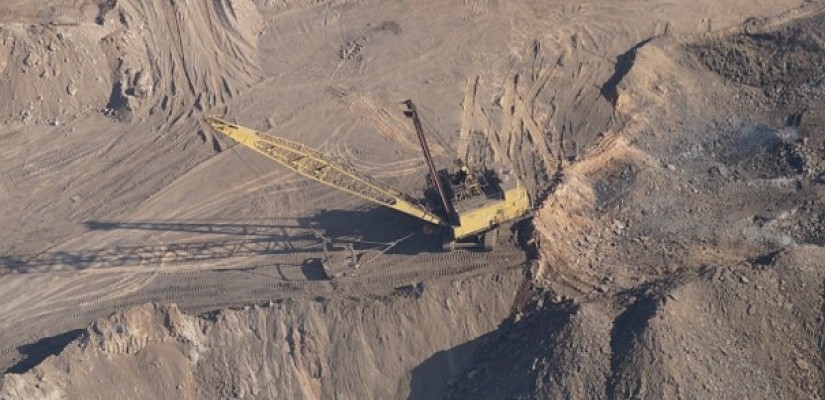Smartphones, computers, and many other electronic devices are based on a simple but vital natural resource: sand. Sand appears to exist in abundance and is one of the most consumed natural resources on earth. Sand is used in buildings, roads, toothpaste, glass, desktop screens, as a water purifier, and even for natural oil and gas extraction. While sand is, in theory, a renewable resource, the formation of sand and gravel from rock is a process that takes millions of years. The United Nations reports that sand mining is a $70 billion industry. Approximately 40 billion tons of sand and gravel are mined annually and the majority of it is used by the construction industry. As the world population is projected to grow, demand for sand will also increase. Hence, sand reserves are slowly diminishing, creating risks for many industries worldwide. This raises the question to what extent microchip and semiconductor businesses will be affected.
Without transistors and semiconductors, modern society would not be able to utilize computers, fiber-optic cables, or other high-tech hardware. A microchip is also known as an integrated circuit and operates on a set of electronic circuits. Today’s computer chips contain billions of minuscule transistors, which regulate electronic signals. Transistors are made out of semiconductors, a small group of elements such as silicon and germanium. Silicon is the semiconductor most commonly used to produce computer chips today. In simple terms, silicon can be found in sand and this is why the high-tech industry is reliant on sand mining.
Sand mostly consists of quartz, which itself is mainly composed of the semiconductors silicon and oxygen. Mining quartz is not difficult since it is a very common mineral that is available in abundance. Microchip manufacturers, however, need pure quartz with a high concentration of silicon for production. The difficulty in creating computer chips therefore lies in how complex it is to extract silicon from quartz. The process requires numerous steps and the price of the material increases at each step. Solar panels require 99.999999% pure silicon while microchips are made out of even purer material of 99.99999999999% silicon content.
Highly pure forms of silicon metal can cost ten times as much as a 99% silicon concentration, which is sold for roughly $1 per pound. Pure quartz with a very high silicon content can reach market prices of around $5,000 per ton. While these prices may be relatively high compared to other types of sand, the amount of quartz needed to produce microchips is much less than the construction industry uses. About 30,000 tons of high-purity quartz is extracted annually to supply the microchip industry. By contrast, construction businesses in the United States alone consume more sand each hour.

While sand for construction can be found in numerous countries worldwide, high-purity quartz deposits are rarer. One of the world’s highest quality natural quartz reserves is located in the U.S. near Spruce Pine in North Carolina. In China, high-quality quartz deposits can be found in Xinyi in Jiangsu, Fengyang in Anhui, Gongan in Hubei and Wucai in Inner Mongolia. Attaining the expertise to extract pure silicon from quartz presents another challenge for newcomers to the industry, as knowledge of silicon extraction for high-tech hardware is a well-kept business secret in the industry. As a result, Chinese companies are still developing techniques to create competitive products.
While the semiconductor market is constantly expanding as the demand for technological devices rises globally, the circle of semiconductor manufacturers worldwide is relatively small. Therefore, the global chip supply depends on a few market leaders. This circle of leaders includes Intel, Samsung, Taiwan Semiconductor Manufacturing (TSMC), Globalfoundries, Qualcomm, and Broadcom. Of this group, Intel, Samsung, and TSMC have generated the highest revenue, effectively dominating the market.
In conclusion, risks associated with microchip production are not necessarily rooted in the extensive consumption of sand globally. Sand reserves are massive, and even though high quartz reserves are rarer, quantities used for the semiconductor industry do not indicate that reserves will be depleted in the near future. A central risk, however, is the market dominance of a few leading businesses. Hence, disruptions in the supply chain of semiconductor leaders could drastically affect the global technology market. A fire that broke out at a quartz refinery in Spruce Pine in 2008 temporarily brought production to a halt and impacted the market. Therefore, risks and challenges for the industry do not lie in the availability of the resource itself but in the supply chain, logistics, manufacturing processes, production expertise, and the safety of manufacturing facilities.
